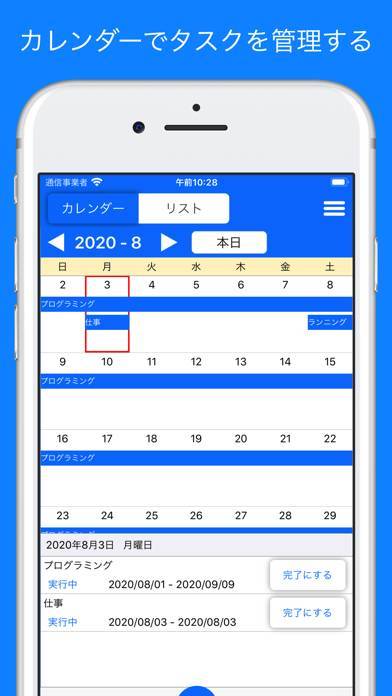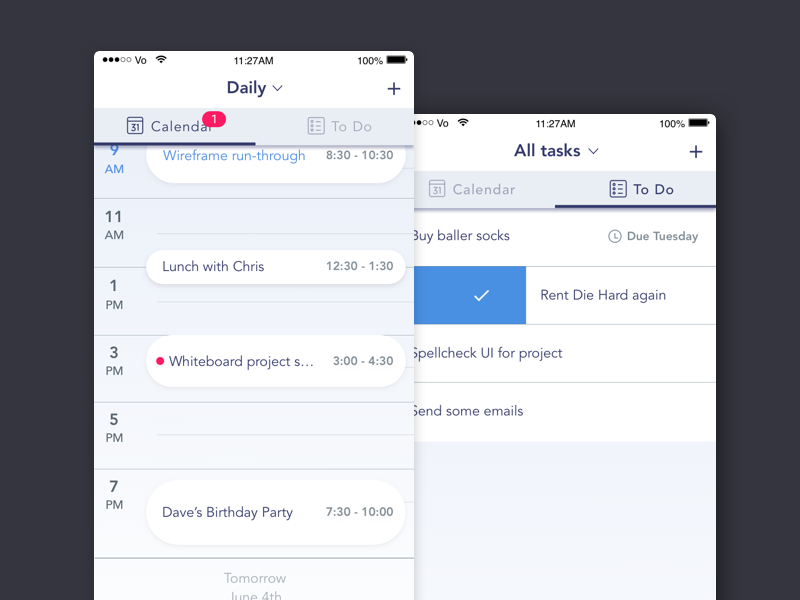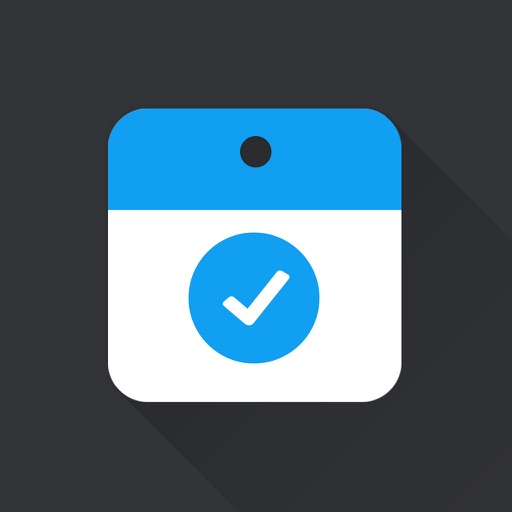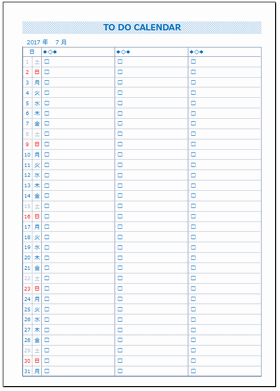

Cause more stress than proficiency: Seeing an incomplete to-do list at the end of the day might cause you undue stress.That way, if a task on your list takes too long, you might not have the time or energy to cross off another item on your to-do list. No provision for time-blocking: When you write a to-do list, you have no way of accurately measuring how much time a task should take.

When you finally get the time to address the difficult tasks, you’re too exhausted to complete them, leaving your to-do list half-done. Sometimes, you may start with tasks that are easier and faster to complete, and end up leaving the harder tasks for later.
Difficulty in prioritizing tasks: When you have many items on your list, it's possible to get overwhelmed. Serve as an accountability tool: To-do lists allow you to monitor progress by crossing items off your list.Īlthough to-do lists have their benefits, they don't always work. 
You can even break large projects into smaller chunks, so you can tackle them one step at a time.
Better planning: With a to-do list, you can break down abstract goals into concrete actions. To-do lists act as an external memory aid that reduce the stress of mental note-taking.  Reduce mental stress: Writing a list of tasks down on a piece of paper or a mobile app helps free up brain space. Create order: To-do lists help you visualize all the things that need to be done. To-do lists are so widely loved because they provide structure to your workday and let you form a clear game plan of how to tackle your tasks. This post takes a detailed look into how to effectively use both to-do lists and calendars, and explores the possibility of combining these two for best results. Adding your appointments, deadlines, and reminders to your calendar is the most efficient option for anyone who wants to be at their productive best while working from home. You can use them to prioritize your responsibilities, set respective time slots, and actually get things done. On the other hand, calendars are much more effective. No wonder things can get overwhelming, and nearly 41% of all to-do list items are never completed. One task might lead to another sub-task, which might pull you into a never-ending loop of things to complete before you can call it a day. However, to-do lists require a lot of discipline to work on because of how open-ended they are. All you have to do is write down anything you wish to do, then cross them out as soon as they’re completed. To-do lists are more prevalent and you might already know how to use them. The most popular ways to schedule tasks, appointments, and meetings are to-do lists and calendars. Planning helps get work done and boosts productivity in the workplace. Whether you work from home or in an office, it's important to plan your day and track the time spent on daily activities.
Reduce mental stress: Writing a list of tasks down on a piece of paper or a mobile app helps free up brain space. Create order: To-do lists help you visualize all the things that need to be done. To-do lists are so widely loved because they provide structure to your workday and let you form a clear game plan of how to tackle your tasks. This post takes a detailed look into how to effectively use both to-do lists and calendars, and explores the possibility of combining these two for best results. Adding your appointments, deadlines, and reminders to your calendar is the most efficient option for anyone who wants to be at their productive best while working from home. You can use them to prioritize your responsibilities, set respective time slots, and actually get things done. On the other hand, calendars are much more effective. No wonder things can get overwhelming, and nearly 41% of all to-do list items are never completed. One task might lead to another sub-task, which might pull you into a never-ending loop of things to complete before you can call it a day. However, to-do lists require a lot of discipline to work on because of how open-ended they are. All you have to do is write down anything you wish to do, then cross them out as soon as they’re completed. To-do lists are more prevalent and you might already know how to use them. The most popular ways to schedule tasks, appointments, and meetings are to-do lists and calendars. Planning helps get work done and boosts productivity in the workplace. Whether you work from home or in an office, it's important to plan your day and track the time spent on daily activities.








 0 kommentar(er)
0 kommentar(er)
